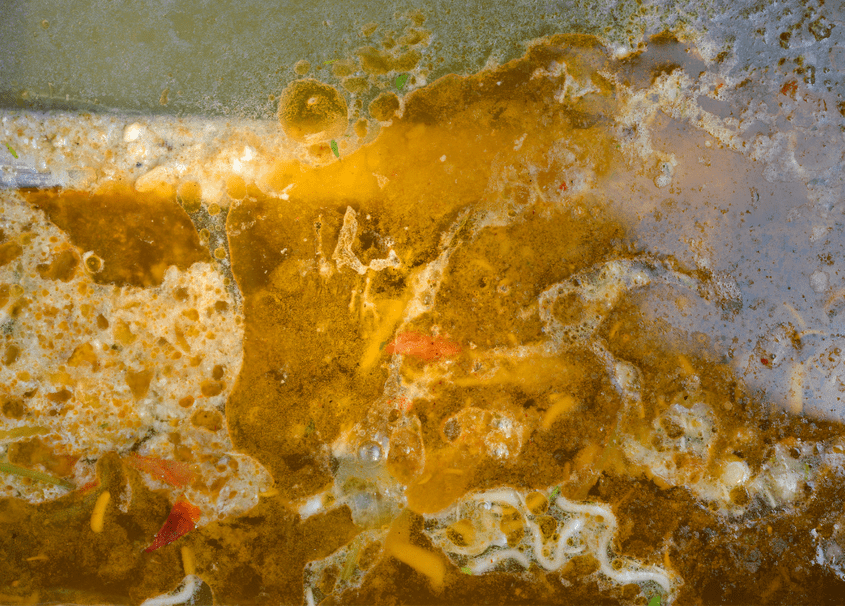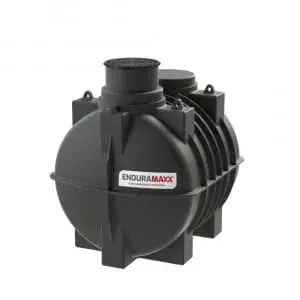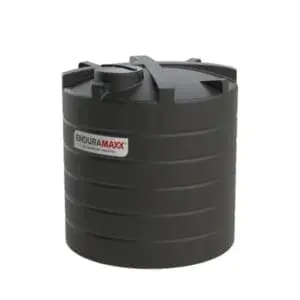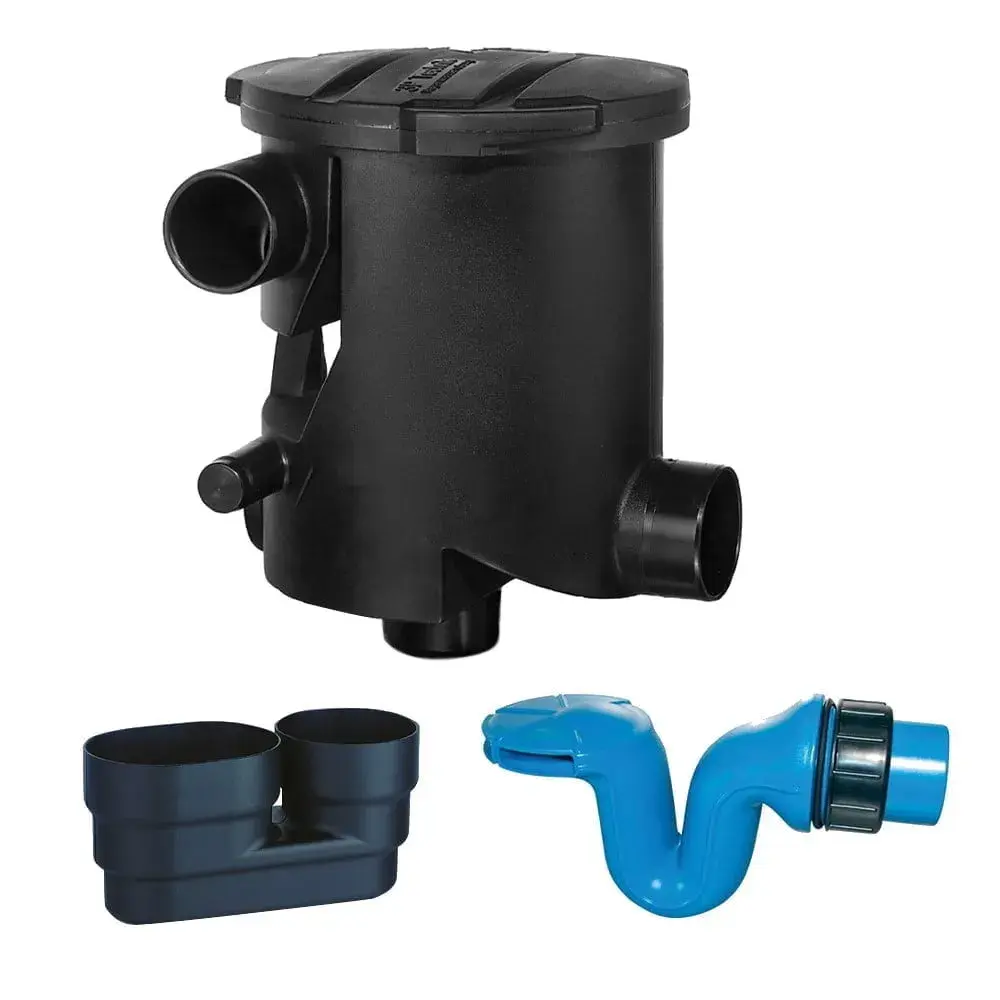
Wastewater treatment plants are complex systems that require multiple parts and components in every stage of the different processes involved in their functioning. In today’s article, we focus on aeration tanks, as they are a crucial part of the wastewater treatment process in many commercial plants.
What Is A Wastewater Aeration Tank?
Aeration helps prevent unwanted contamination in water storage facilities and can encourage the growth of beneficial aerobic bacteria in systems designed to encourage the natural breakdown of organic materials through controlled decomposition. In wastewater treatment plants, sewage is channelled into sealed aeration tanks, which can be placed indoors or outdoors. Air (or oxygen) is pumped into the tank to generate an activated sludge process, through which organic compounds are broken down and digested, before being removed from the wastewater by sedimentation and filtration.
Typically, the separated organic matter or sludge is circulated into a holding basin, and some is then recirculated back into the aeration tank. Fluid waste and aerated water goes into a clarifier or secondary settling tank, and later on into other tanks for further disinfection.
The Role Of An Aeration Tank In Wastewater Treatment
The main role of an aeration tank is to provide an environment where wastewater can be stabilised during the initial stages of treatment.
Aeration tanks allow for the removal of soluble contaminants, toxic chemicals and harmful pathogens from wastewater, so it can continue to be treated in subsequent stages. As such, they are an essential piece of equipment needed for bacterial biodegradation.
Although there are different types of aerators (including spray aerators), tanks have some added advantages that can make the job of engineers easier, such as:
- They facilitate pH monitoring during the aeration process. This is important in activated sludge processes in order to prevent the growth of harmful microorganisms.
- They allow for testing of important indicators, such as dissolved oxygen, ammonia, phosphorous and nitrogen levels, and BOD (Biochemical Oxygen Demand) measurements.
Having an aeration system that’s well designed and uses high quality equipment can make wastewater treatment more efficient, help deliver safer water, and reduce overall costs. Aeration tanks are crucial in wastewater treatment and ensure the disposal of treated sewage is carried out in accordance with public health and safety regulations.
The overall efficiency and safety of aeration tanks largely depends on making the right choice in terms of construction details and materials.
At Enduramaxx, we support wastewater treatment plants with a range of UK-made chemical storage tanks. Among our products, you will find effluent sludge storage tanks suitable for both wastewater and industrial sludge treatment plants.
Have a look at our case studies to see how industrial clients have benefited from installing our storage tanks, and please feel free to call our knowledgeable team directly if you’d like to discuss your business requirements in person.
Image Source: Canva
Posts By Topics
- Blog (303)
- Chemical Storage Tanks (118)
- Chemical Dosing Tanks (114)
- Chemical Tanks (114)
- Water Tanks (58)
- Rainwater Harvesting Tanks (43)
- Vertical Rainwater Tanks (31)
- Vertical Storage Tanks (31)
- Cone Bottom Tanks (19)
- Conical Cone Tanks (18)
- Rainwater Harvesting (17)
- Water Bowsers (15)
- Horizontal Tanks (14)
- Potable Water Tanks (13)
- Farming (9)
- Case Studies (8)
- Industrial Storage Tanks (7)
- Liquid Fertilser Storage Tanks (6)
- WRAS Approved Potable Tanks (6)
- Wine and Beer Production (6)
- Horizontal Transport Tanks (5)
- Microbrewery (5)
- Rainwater (5)
- Category 5 Break Tanks (4)
- Cider Production (4)
- Mixer Tanks (4)
- Molasses Tanks (4)
- Polyethylene tanks (4)
- Rainwater Filter Kits (4)
- SPECIALIST & BESPOKE TANKS (4)
- Bunded Tanks (3)
- Slimline Tanks (3)
- WRAS Approved (3)
- Clarification Tanks (2)
- Crosslinked Polymer Tanks (XLPE) (2)
- Fertiliser Tanks (2)
- Sump Tanks (2)
- Tank Installation (2)
- Water Butt (2)
- underground water tanks (2)
- ACCESSORIES & FITTINGS (1)
- ATV & UTV SPRAYING UNITS (1)
- Above Ground Effluent Tanks (1)
- Bespoke Tank Frames (1)
- Category 5 Turret (1)
- Caustic Soda Tanks (1)
- Closed Top Bunded Tanks (1)
- Craft beer (1)
- Effluent Tanks (1)
- Enduramaxx (1)
- Ferric Chloride Tanks (1)
- Fire Safety Regulations (1)
- Fire Sprinkler Water Storage Tanks (1)
- Industrial Water Tank (1)
- Open Top Bunded Tanks (1)
- Open Top Cone Tanks (1)
- Open Top Vertical Tanks (1)
- Polyethylene Potable Water Tanks (1)
- Polyvinylidene Fluoride (PVDF) Tanks (1)
- Polyvinylidene Fluoride Tanks (PVDF) (1)
- Pressure Washers (1)
- Pro Series Spot Sprayers (1)
- RWH (1)
- Sodium Hydroxide Storage Tanks (1)
- Sprayer Fill-up Tanks (1)
- Uncategorised (1)
- liquid fertiliser tank (1)
Sign up to the newsletter
Amber
Related Posts
Abattoir & Slaughterhouse Wastewater Treatment
Abattoir & Slaughterhouse Wastewater Treatment, meat processing effluents and slaughterhouse...
How to waste less water? | Enduramaxx - Manufacturers of Polyethylene Tanks
Water is a precious commodity that most of us take for granted. Wastewater, or wasted water, is...
What Is Flocculation In Water Treatment?
What Is Flocculation In Water Treatment? And how flocculation is used in wastewater treatment, a...
Related Products
From £1,080.00 inc. VAT
£900.00 exc. VAT
From £1,344.00 inc. VAT
£1,120.00 exc. VAT
From £768.00 inc. VAT
£640.00 exc. VAT
£480.00 inc. VAT
£400.00 exc. VAT






